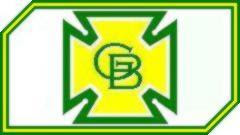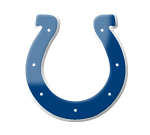Oh, and there's the Rock and Roll Hall of Fame, too. With that in mind, Steamers fans wondered what Cleveland would do after "going platinum" last year. What did teams like Indianapolis and Minnesota--who had won their first TUFF Bowls not too long ago, only to pull a Milli Vanilli last year--do to re-tune their bands? Which picks will make their owners sing, I Hate Myself For Drafting You? For your intellectual and philosophical pleasure, here's the 2015 TUFF Draft Wrapup!
This Draft Wrapup was published on May 20, 2015. You may see a few of the icons below. Here's what they mean:
 |
Significant improvements on a TUFF team's starting lineup, could be long-term cornerstone players for that team, and/or are great values for where they were taken (or, in the event of a trade, if the team gave up relatively little to get that player). |
 |
High risk/high reward picks (e.g. players picked relatively high in spite of off-field, medical and/or job situation concerns, based on their upside). |
 |
Either a reach and/or there was at least one specific player the team should have taken (or, in the event of a trade, the team gave up too much). |
 |
"Curveball" picks that may well be good ones, but leave me asking why a team didn't take a player I expected them to take or address another need on the roster (example from 2012: Carolina passing up QB Nick Foles in Round 3). |



































